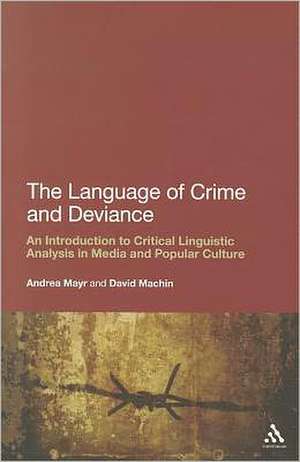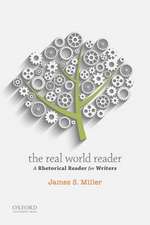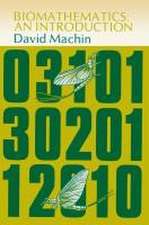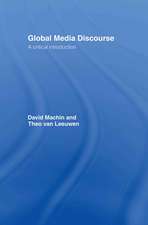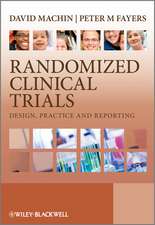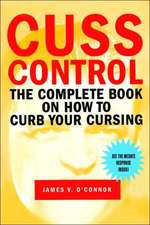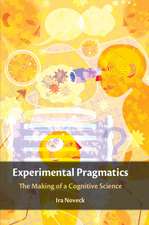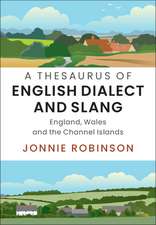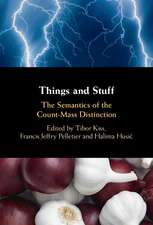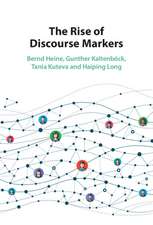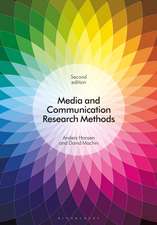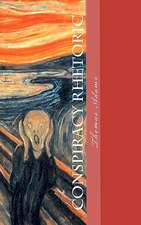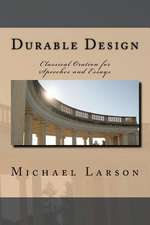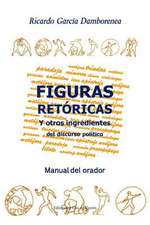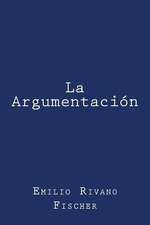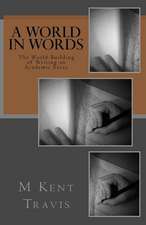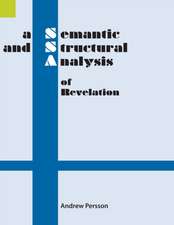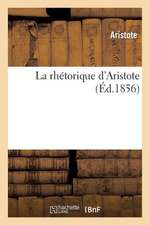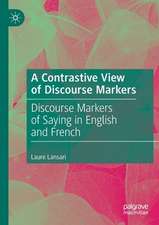The Language of Crime and Deviance: An Introduction to Critical Linguistic Analysis in Media and Popular Culture
Autor Andrea Mayr, David Machinen Limba Engleză Paperback – 14 dec 2011
There is now a long tradition of academic literature in media studies and criminology that has analysed how we come to think about crime, deviance and punishment. This book for the first time deals specifically with the role of language in this process, showing how critical linguistic analysis can provide further crucial insights into media representations of crime and criminals. Through case studies the book develops a toolkit for the analysis of language and images in examples taken from a range of media.
The Language of Crimeand Deviance covers spoken, written and visual media discourses and focuses on a number of specific areas of crime and criminal justice, including media constructions of young people and women; media and the police, 'reality' crime shows; corporate crime; prison and drugs.It is therefore a welcome and valuable contribution to the fields of linguistics, criminology, media and cultural studies.
| Toate formatele și edițiile | Preț | Express |
|---|---|---|
| Paperback (1) | 299.38 lei 43-57 zile | |
| Bloomsbury Publishing – 14 dec 2011 | 299.38 lei 43-57 zile | |
| Hardback (1) | 1008.01 lei 43-57 zile | |
| Bloomsbury Publishing – 14 dec 2011 | 1008.01 lei 43-57 zile |
Preț: 299.38 lei
Preț vechi: 326.74 lei
-8% Nou
Puncte Express: 449
Preț estimativ în valută:
57.28€ • 59.97$ • 47.40£
57.28€ • 59.97$ • 47.40£
Carte tipărită la comandă
Livrare economică 07-21 aprilie
Preluare comenzi: 021 569.72.76
Specificații
ISBN-13: 9781441102409
ISBN-10: 144110240X
Pagini: 256
Ilustrații: illustrations
Dimensiuni: 156 x 234 x 15 mm
Greutate: 0.42 kg
Ediția:New.
Editura: Bloomsbury Publishing
Colecția Continuum
Locul publicării:London, United Kingdom
ISBN-10: 144110240X
Pagini: 256
Ilustrații: illustrations
Dimensiuni: 156 x 234 x 15 mm
Greutate: 0.42 kg
Ediția:New.
Editura: Bloomsbury Publishing
Colecția Continuum
Locul publicării:London, United Kingdom
Caracteristici
Uses linguistic analysis to see how crime and deviance is represented through language.
Notă biografică
Andrea Mayr is Lecturer in the School of English at Queen's University, Belfast, Northern Ireland, UK. Her books include Prison Discourse (Palgrave, 2004), Languageand Power (Continuum, 2008), and Language andPower: A Resourcebook for Students (Routledge, 2010).
David Machin is a Lecturer in the School of Journalism, Media and Cultural Studies, Cardiff University, Wales. His books include Global Media Discourse (2007), Introduction to Multimodal Analysis (2007) and News Production: Theory and Practice (2006).
David Machin is a Lecturer in the School of Journalism, Media and Cultural Studies, Cardiff University, Wales. His books include Global Media Discourse (2007), Introduction to Multimodal Analysis (2007) and News Production: Theory and Practice (2006).
Cuprins
Acknowledgements \ 1. Introduction: crime, deviance and language \ 2. Simple word choice and how to represent people and action \ 3. Concealment and evasion through grammar \ 4. Young people and crime \ 5. Women and crime \ 6. The criminal justice system in the media: the police \ 7. The criminal justice system in the media: the prison \ 8. Corporate crime \ 9. Conclusion \ Bibliography \ Index
Recenzii
The Language of Crime and Deviance fills an important gap, focusing on the language and discourses through which criminal behaviour is communicated to the public. Examining numerous apposite cases, Mayr and Machin illustrate how particular individuals and deviant behaviours have been transformed via the pages of the popular press into dangers and risks. This book will be an especially useful resource for students undertaking dissertations on media and crime, who frequently want to employ critical discourse analysis but lack the tools to do so.
Mayr and Machin's razor-edged analysis slices through the visual and linguistic obfuscations that make up mediated constructions of crime, in the process confirming that these ideological formations matter more than we might imagine. On the whole, The Language of Crime and Deviance constitutes an invaluable intellectual and methodological armamentarium for scholars in criminology, media studies, and related fields-just the thing for a surgical disassembling of mediated discourse around crime and justice.
With great cogency and insight Andrea Mayr and David Machin offer new ways of seeing what they term "mediatized language of crime". They provide an invaluable analytical tool-kit for such analysis, which is put to work on stimulating examples. From "chavs" to "drug addicts" and the crimes of the powerful, the authors explain the social practice of media discourse: what language does as well as what it says. Skilfully narrated, and assiduously assembled, The Language of Crime and Deviance is an important intervention into the studies of language, and cultural constructions of crime.
Mayr and Machin's razor-edged analysis slices through the visual and linguistic obfuscations that make up mediated constructions of crime, in the process confirming that these ideological formations matter more than we might imagine. On the whole, The Language of Crime and Deviance constitutes an invaluable intellectual and methodological armamentarium for scholars in criminology, media studies, and related fields-just the thing for a surgical disassembling of mediated discourse around crime and justice.
With great cogency and insight Andrea Mayr and David Machin offer new ways of seeing what they term "mediatized language of crime". They provide an invaluable analytical tool-kit for such analysis, which is put to work on stimulating examples. From "chavs" to "drug addicts" and the crimes of the powerful, the authors explain the social practice of media discourse: what language does as well as what it says. Skilfully narrated, and assiduously assembled, The Language of Crime and Deviance is an important intervention into the studies of language, and cultural constructions of crime.
